Creative Transformation Workshops
Offerings for Organisations
Not just another icebreaker, creative workshops are designed and customised to meet organisational objectives. They can be held as one off or regular team events to improve ways of working, or can be delivered as part of a larger program.
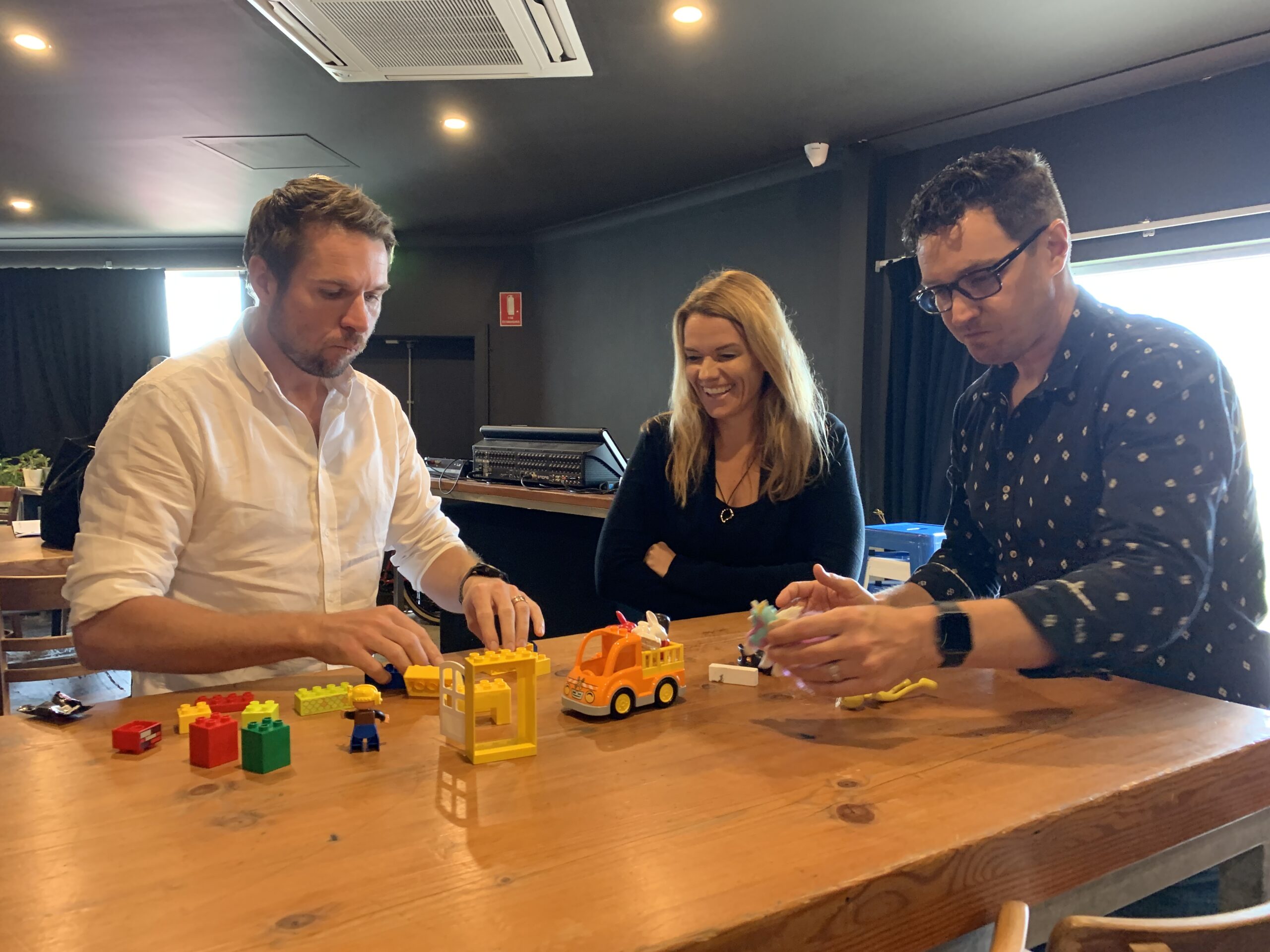
Serious fun
Why creative workshops?
Cultural change, improvement and innovation does not stick by dropping the latest technology silver bullet and expecting it will solve all issues.
The people involved have an important perspective and role to play. Engaging the team early resolves blocks before too much energy has been invested. The team are the experts, capture their feedback on what is most important to address and what solutions will work in practice. People are incredibly powerful when working together towards the same goal.
Creative approaches get people literally ‘on the same page’, with a shared vision of where they are, where they are going, and what their role is to get there. The expressive use of materials allows discovery of deeper issues, sharing and viewing helps people feel heard, the abstract nature of using art makes it easier to address difficult issues and take on feedback. The creative output is a tangible reminder of the process that can be displayed to reinforce and share the outcomes beyond the workshop moment in time.
Packages
The following approaches have been adapted and used in a variety of business settings, from tier-1 mining companies to growing small businesses in health and technology sectors.
A custom package can be designed to suit your organisation culture and context, to deliver on business objectives.
Team formation / building
Exploring individual strengths, role clarity and job fit, alignment with business needs to build a strong team set up for success.
Team objectives and performance against metrics mapped in spider chart.
Selecting picture cards to represent character, what each person brings to their role.
Individuals claiming territory they are accountable for, negotating boundaries around shared responsibilities with teammates.

Change management
Creating a shared vision connected to personal mission, aligning on direction and strategy, clarifying individual actions and ways of working together, checking in on the change journey and support needed.
Different teams in different colours, not in alignment.
Different roles walking the path together, towards shared milestones.
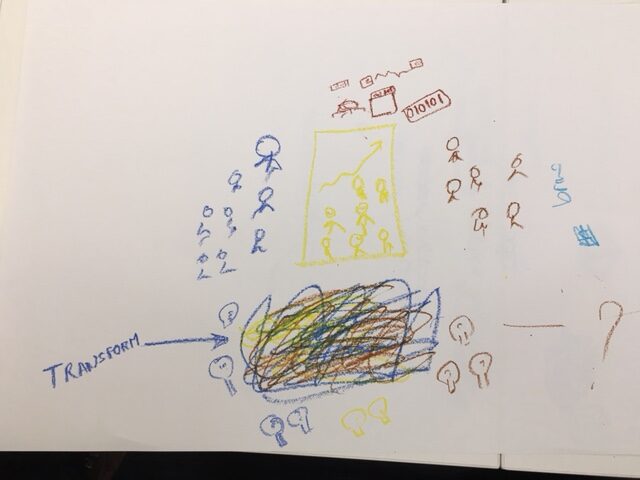

Retrospective
Periodic team reflection on how the group has been working, acknowledge challenges, recognise effort and celebrate progress, identify key areas to improve and rally team to commit on how to work together in the next phase. Can align with Agile software development principles.
Health and growth of each individual plant in a diverse garden.
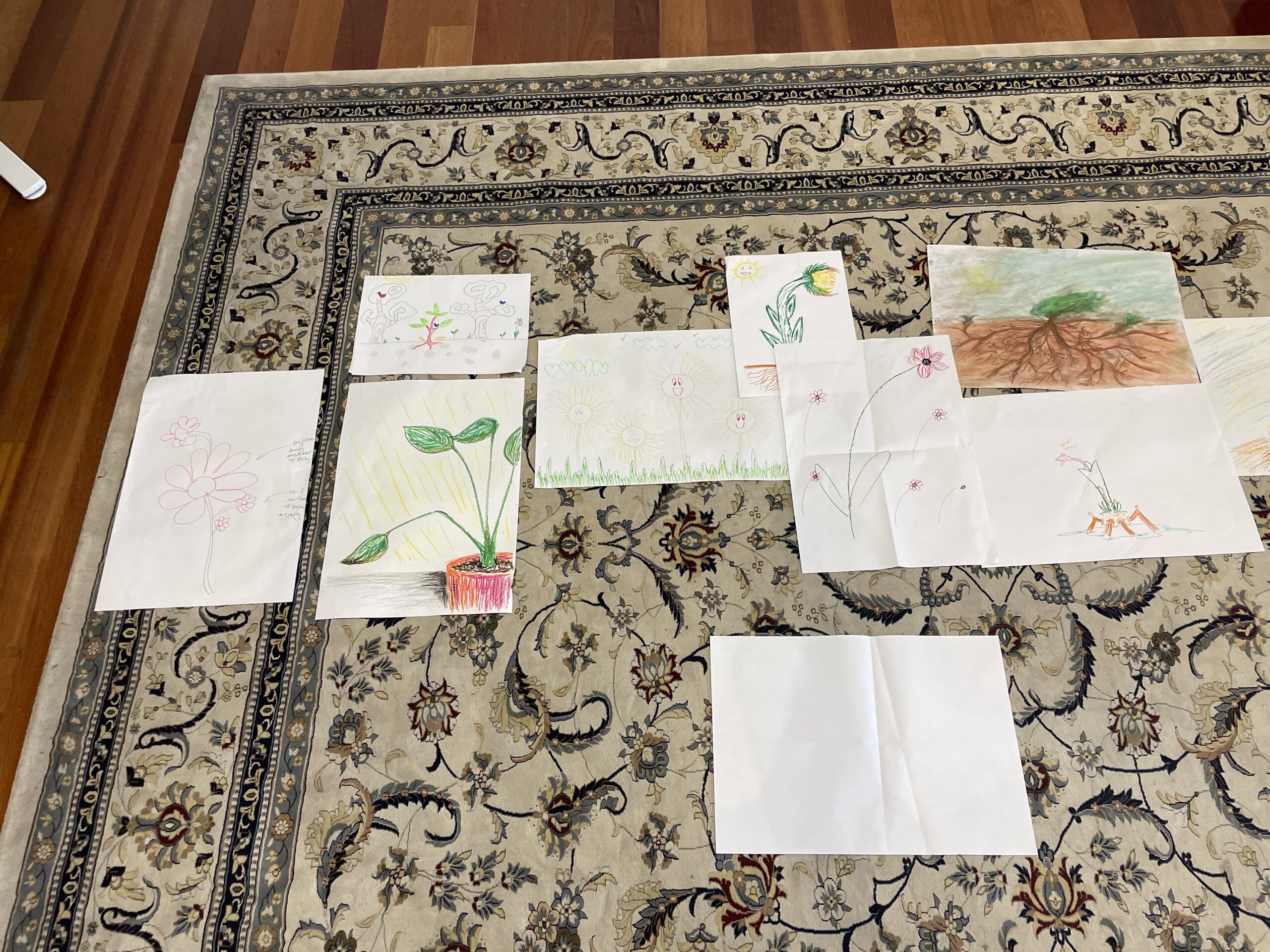
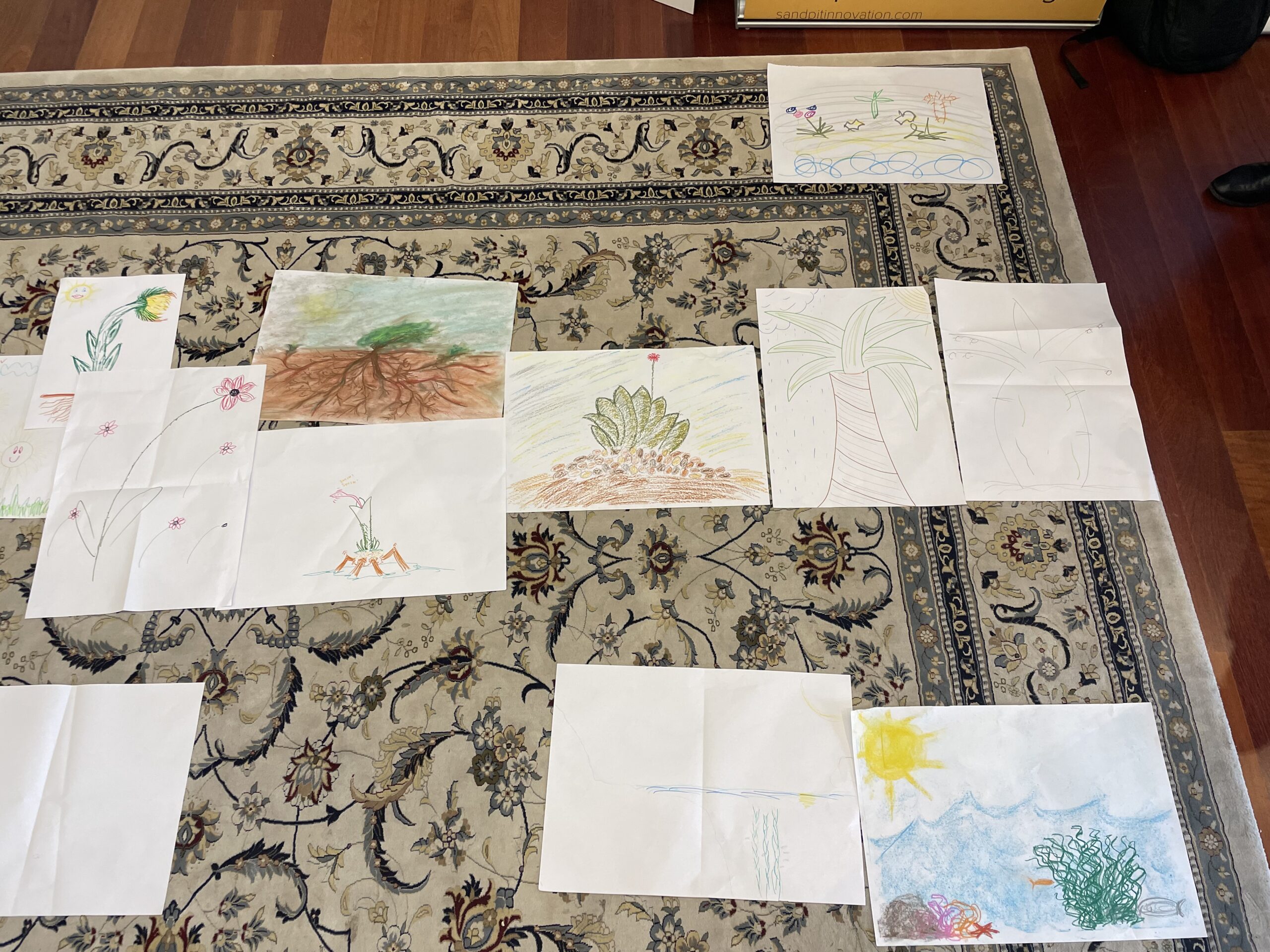
Organisational relationship effectiveness
Going beyond the formal organisational chart to identify the key stakeholder relationships that support culture and productivity. Explore relationship dynamics and what is in sphere of control to influence constructive networks.
Health of shared work, showing complex web of dependent relationships, knock on effects of disruption.
Reflection on influences of project stability, setting up for success.
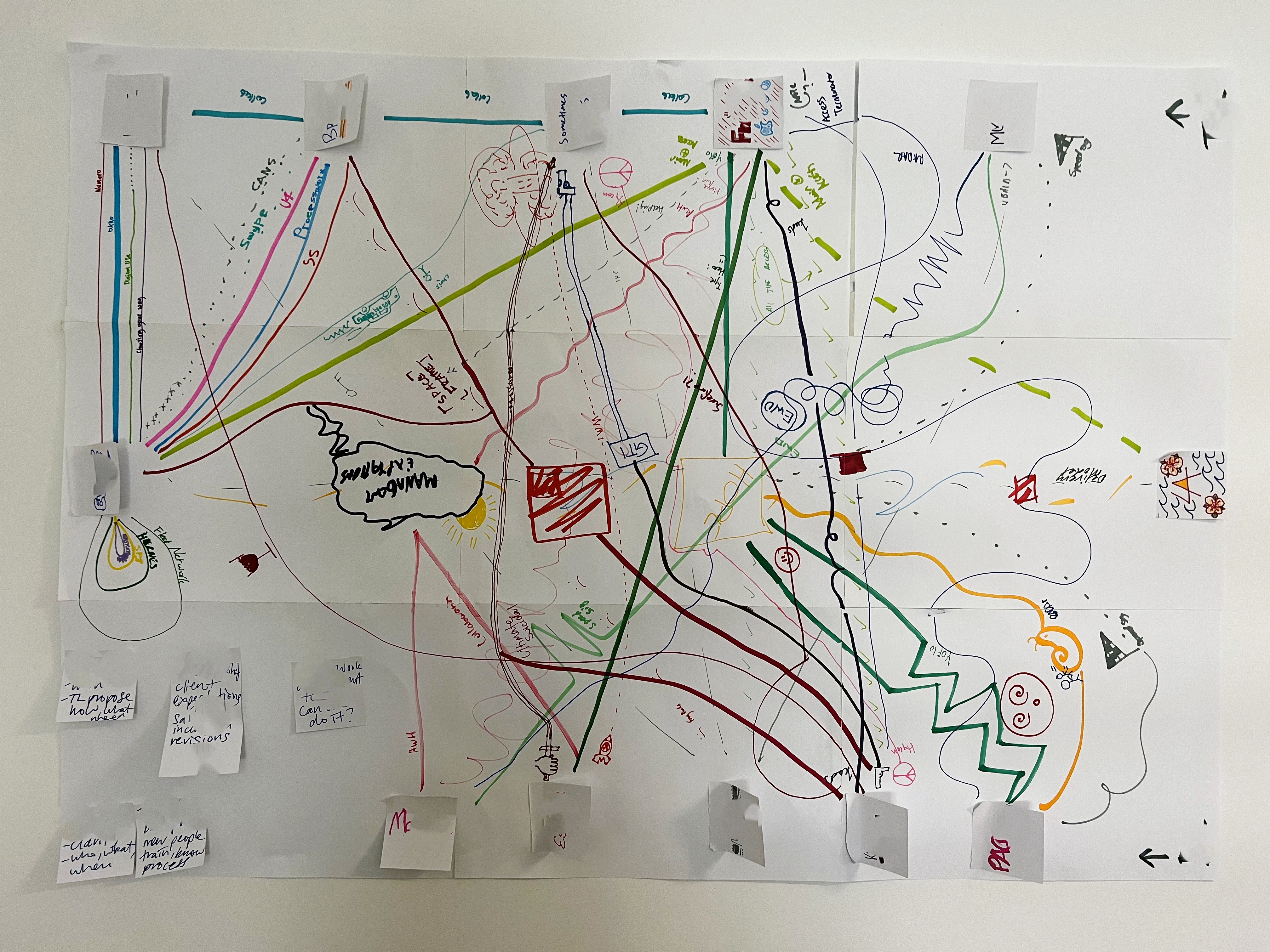
Process improvement
Matching the experience of pain points, bottlenecks and blockages on the ground with mapping of business processes. Optimise the design of systems for greater flow and delight of customers and employees.
Current state showing pain points from both system integration issues and ‘black cloud’ of transformation fatigue and uncertainty.
